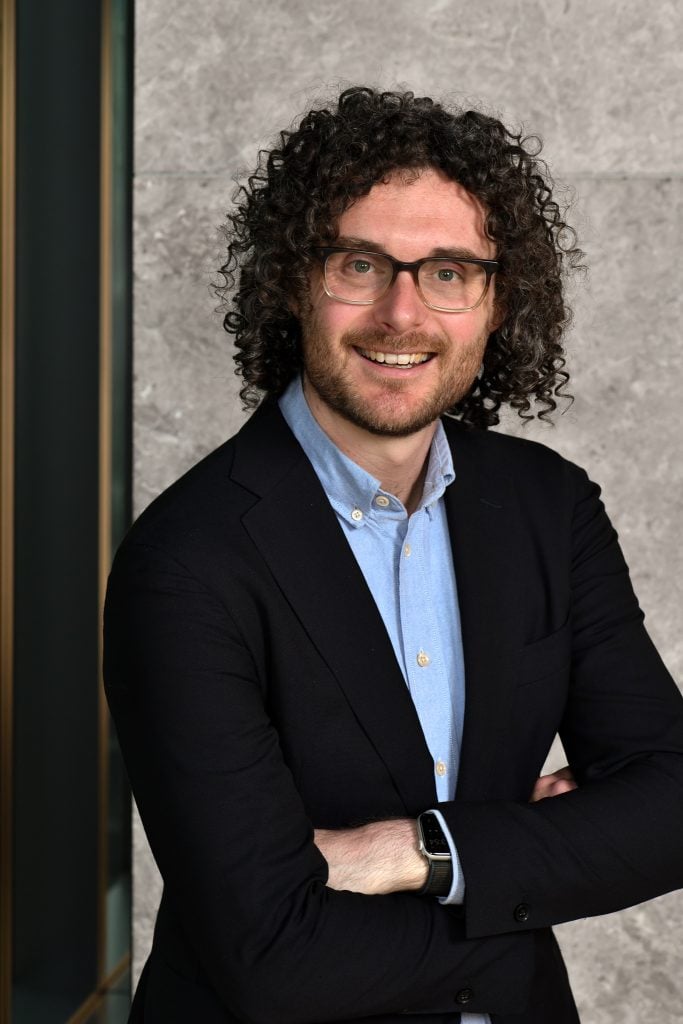Sustaining innovation in higher education: What does it take and what don’t we know? – CRADLE Seminar Series 8 Dec 2021: Review by Dr Jo Elliot
17 December 2021
In this reflection of our last seminar for the year, Dr Jo Elliot (Lecturer, Digital Learning Innovation, Deakin Learning Futures) provides some meaningful insights relating to innovations, engagement, and practice.
Universities may devote plenty of time and resources to innovation in higher education but according to Professor Margaret Bearman in her recent seminar Sustainability in Teaching and Learning Innovations, there’s a dearth of research on how that innovation can be successfully sustained.
Margaret described how she and her colleague Dr Harsha Chandir conducted a rapid review of 2810 papers which, at first glance, discussed the sustainability of innovation in higher education, only to discover that only 14 of these papers actually looked at how this works. Still, Margaret told us, these papers did highlight some common themes in terms of what sustainable innovation in higher education might look like.
As many of us are already aware, context matters. Innovations which can be adapted, contextualised, and reinvented are more likely to be sustained, although according to Grove and Pugh (2017) the resulting practice may bear little resemblance to the original innovation. Similarly, innovations that build upon existing practices and reuse existing content, where possible, are more likely to be sustained – this may also help innovations be cost-effective, which is a benefit once the original funding and support structures are removed.
Support from senior leaders enables sustained innovation, including through shaping a supportive institutional culture – but equally important is engagement at the local level, utilising existing networks and collaborative partnerships. And we want to know the innovation works – there needs to be clear benefit to learners, and examples of how this has been achieved.
Many of these themes rang true with the seminar audience. Audience members highlighted the loss of funding, time, and expert support, along with the loss of innovation champions when people move on and change roles, as particular challenges for integrating innovation into ‘business as usual’ practices. However, they suggested that ‘having a problem worth tackling’, an institutional culture that supports risk-taking and innovation, and a collaborative, contextualised and customisable approach to innovation and capacity building enable both the initial innovation and its ongoing use.
Margaret explained that integration of innovative practices can take decades, long after we’ve ceased thinking of it as innovative. Perhaps, she suggested, when thinking of sustainable innovation, we should focus more on processes and what we do, rather than simply what has already been achieved. So stay tuned – knowing Margaret and the CRADLE team, there will be more insights to come!












